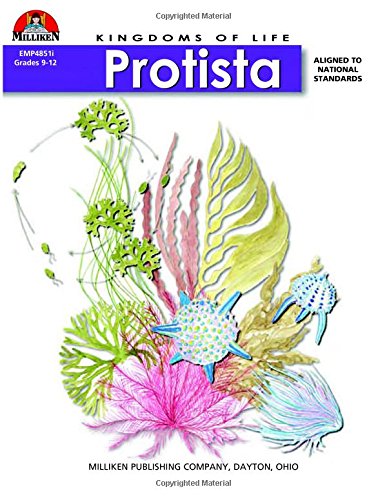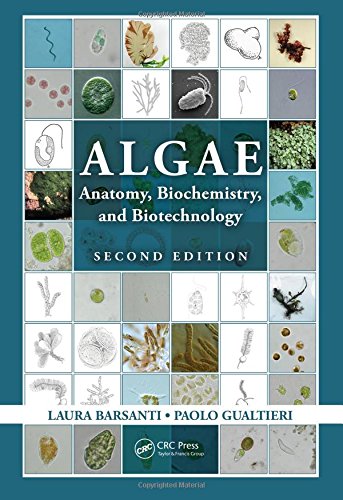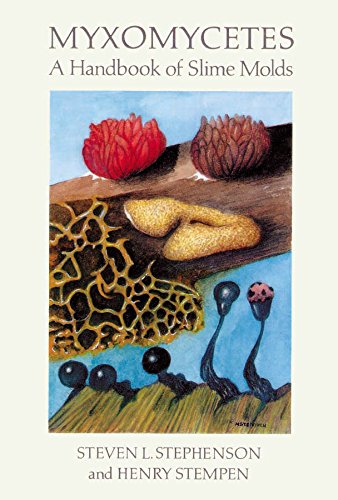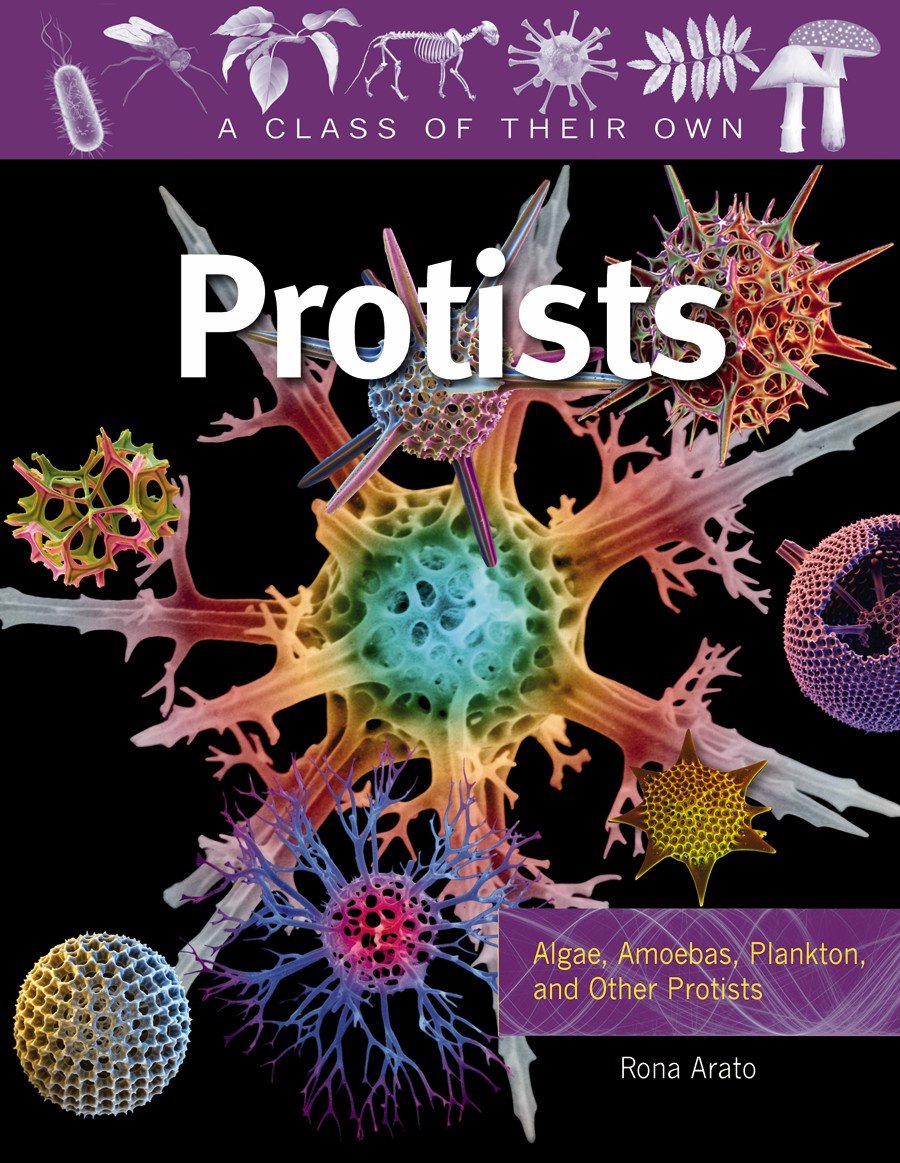
All living organisms can be broadly divided into two groups — prokaryotes and eukaryotes — which are distinguished by the relative complexity of their cells. In contrast to prokaryotic cells, eukaryotic cells are highly organized. Bacteria and archaea are prokaryotes, while all other living organisms — protists, plants, animals and fungi — are eukaryotes.
Kingdom Protista is a diverse group of eukaryotic organisms. Protists are unicellular, some are colonial or multicellular, they do not have specialized tissue organization. The simple cellular organization distinguishes the protists from other eukaryotes. The cell body of the protists contain have a nucleus which is well defined and membrane bound organelles. Some have flagella or cilia for locomotion. Reproduction in protists is both asexual and sexual. They live in any environment that contains water.
All single celled organisms are placed under the Kingdom Protista. The term Protista was first used by Ernst Haeckel in the year 1886. This kingdom forms a link between other kingdoms of plants, animals and fungi. Protists represent an important step in early evolution. The first protists evolved probably 1.7 billion years ago. Members of Protista are primarily aquatic in nature. It is a very large group comprising of at least 16 phyla. Many protists like algae are the primary producers in the aquatic ecosystem, some protists are responsible for serious human diseases like malaria and sleeping sickness.
Kingdom Protista are categorized into two taxons:
Protozoans – animal-like single-celled organisms.
Algae – plant-like single or multi-celled organisms.
Animal-like Protists – PROTOZOANS

Flagellates: Unity, Diversity and Evolution: 59 (Systematics Association Special Volume Series)
Protists that have resemblance to animals are known as protozoans. They thrive in moist and watery enviroments. The characteristics similar to animals are – their ability to move and their inability to produce their own food (heterotrophs). They differ from animals being unicellular while animals are multicellular.
Protozoans are classified on the way they move into four categories:
1.Sacordinians – move using pseudopod.
2.Zooflagellates – move using flagella.
3.Ciliaphorans – move using cilia.
4.Sporozoans – forms spores.
Plant-like Protists – ALGAE

Algae: Anatomy, Biochemistry, and Biotechnology, Second Edition
Plant-like protists have chlorophyll like that in plants. The green substance in their cells enable them to make food by photosynthesis. They produce and release oxygen like the plants. It is believed to be the most supply of oxygen on Earth is from the plant-like protists. The plant-like protists are the major food source and primary producers for water organisms.
Phylum Chlorophyta (Green Algae) – The green algae include unicellular and multicellular algae. They are mostly fresh water. Body is sheet-like thallus. They have cell walls made of cellulose and pectin. Food is reserve starch which is stored in pyrenoids. Example: Spirogyra – it is a unicellular green alga, it grows as a green thread or filament.
Fungus-like Protists

Myxomycetes: Handbook of Slime Molds
Slime molds are saprophytic protists. They are very bright in appearance. They live in moist soil, decaying plants and trees. They are single-celled organisms. During favorable condition they form multicellular aggregations called plasmodium. During unfavorable conditions, plasmodia differentiate to form fruiting bodies bearing spores at the tip. These spores posses resistant true walls, which help in survival for a long time during adverse conditions. These spores disperse by air currents.
Kingdom Protista Examples

Protists: Algae, Amoebas, Plankton, and Other Protists (Class of Their Own (Paperback))
Few well known examples are as follows:
Green algae – Spirogyra, Ulva, Chlamydomonas, Volvox.
Red algae – Porphyra, Rotalgen.
Brown algae – Laminaria, Nereocystis.
Water molds – Saprolegnia.
Phylum Ciliata – Paramecium, Vorticella.
Phylum Dinoflagellata – Ceratium, Gonyaulax.
Phylum Mastigophora – Trypanosoma, Trichonympha.
Phylum Sarcodina – Amoeba.
Protists play an important role in the environment. Nearly 50 percent of photosynthesis on Earth is carried out by algae. Protists act as decomposers and help in recycling nutrients through ecosystems.
In addition, protists in various aquatic environments, including the open water, waterworks and sewage disposal systems feed upon, and control bacterial populations .
If you took all the protists out of the world, the ecosystem would collapse really quickly.
If you have any information,questions, or feedback you would like to include in this webpage.
Please email momo19@naturekingdoms.com or leave your comments below.